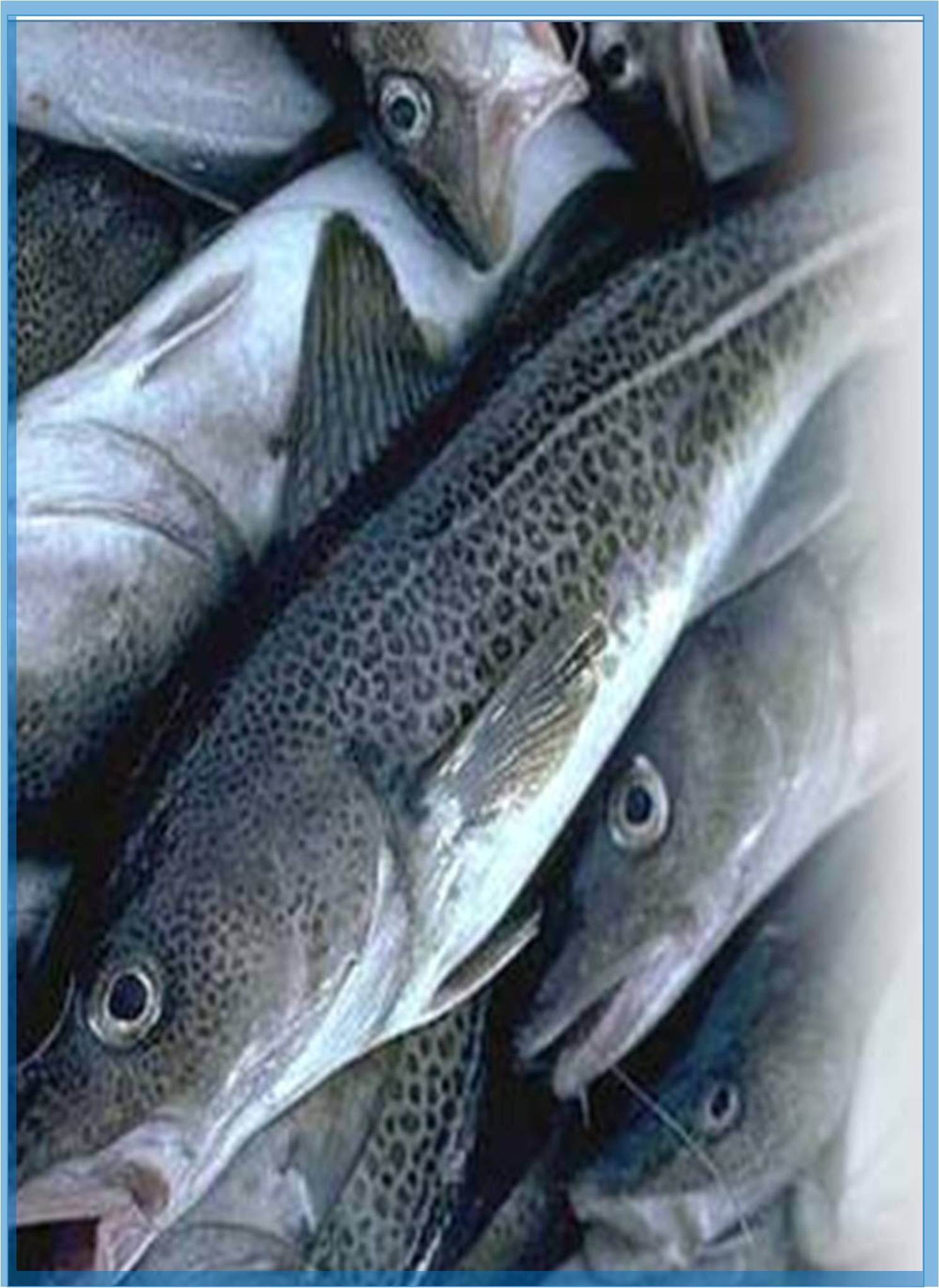



Received: 29-Nov-2022, Manuscript No. GJFA-22-82608; Editor assigned: 02-Dec-2022, Pre QC No. GJFA-22-82608 (PQ); Reviewed: 16-Dec-2022, QC No. GJFA-22-82608; Revised: 23-Dec-2022, Manuscript No. GJFA-22-82608 (R); Published: 30-Dec-2022, DOI: 10.15651/2408-5464.22.9.086
Compared to other, more environmentally friendly waste management practises, composting organic waste produces greater amounts of greenhouse gases. Other methods of handling organic wastes, such as using the larvae of the black soldier fly (Hermetia illucens (L.), Diptera: Stratiomyidae), may be more practical in this regard, both in terms of sustainability economically and ecologically.
Due to its great effectiveness in trash reduction and sustainability, managing wastes with Black Soldier Fly (BSF) larvae is a revolutionary organic waste technology that has been extensively investigated in the last ten years. A wide range of biowastes can be quickly consumed by BSF larvae, which also reduces the volume of waste and produces two products: insect biomass that is high in protein and fat, and treatment leftovers that can be utilised as organic fertiliser. Managing wastes with BSF larvae is of particular interest due to the possibility of obtaining products that could substitute soy and fish meal, which is of particular interest in light of the growing demand for animal feed protein, which has encouraged the use of unsustainable protein sources like fish and soybean meal. In terms of animal growth rates and palatability, it has been shown that BSF larvae meal can successfully substitute traditional ingredients in the diet of many types of livestock.
In research examining larval growth and waste mass reduction, the treatment of fly larvae with a variety of different organic wastes has been evaluated. It has been demonstrated that nutritional content and substrate characteristics have a direct bearing on the treatment's success. Protein-rich substrates have been demonstrated to promote the growth of BSF larvae, particularly when a favourable nitrogen/carbohydrate balance is achieved. BSF larvae grew larger when given an abattoir waste (sheep body waste) high in protein, and even bigger when fed an abattoir waste and fruit and vegetable waste mixture, which offered a balance of protein, readily available carbs, and fibre.
Given that BSF and other fly species are engaged in the natural degradation of animal carcasses, wastes resulting from aquaculture production may therefore be a viable substrate for BSF larvae growth. However, BSF larvae might not be able to thrive on fish waste substrate alone due to the quick decomposition of fish carcasses and their high nitrogen content, which is poisonous.
BSF larvae treatment may help close the loop of aquaculture production by converting the wastes generated in this industry into a marketable, sustainable product that can be reintroduced in the production chain, taking into account the tenets of a circular economy, with special regard to the prevention of waste generation and optimization of waste usage. In this sense, the goal of this study was to ascertain whether treating BSF larvae with aquaculture wastes is a suitable way of waste treatment. Aquaculture wastes and recycled bread waste were employed as a growth substrate for BSF larvae in order to provide a balanced diet. The effects on treatment process performance and larval growth parameters were evaluated using various ratios of the two waste kinds.